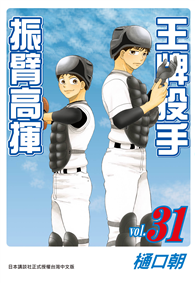Adespota Papyracea Hexametra Graeca provides a comprehensive corpus of ’anonymous’ hexameter texts on papyri, parchments, ostraca and tablets that have appeared in the current and past two centuries. The project has three main objectives: i) to retrieve and determine how many and what type of unidentified hexameter poems reached us via Egyptian papyri; ii) to restore a readable and reliable text for these poems, providing straightforward access to material that has been hard-to-reach in print format, is still unavailable online, or has not been previously translated into English or any other modern language; iii) to discuss, insofar as the fragmentary state of the evidence allows, issues of style, metre, and attribution. Overall, it aspires to serve as a fresh and solid starting-point for future assessment of Greek poetry in Egypt from the Archaic period to Late Antiquity.
This first volume of papyrus adespota contains: i) a catalogue of hexameter adespota, and ii) critical editions with English translation and commentary of: cosmologies and foundation poems (no. 01-06), astronomical and astrological texts (07-12), didactic and technical poetry (13-16), hymns (17-32), fragments of erotic content (33-38); epithalamia (39-43); and two hexameter anthologies, the Goodspeed papyrus (44) and the so-called Pamprepius codex (45). Future volumes will contain: Encomia and Lamentations (46-67); Bucolic (68-71), and Epic poetry (72-144); assemblages of Homeric verses (145-154); magical verses (155-166); oracles (167-169); fragments of uncertain genre or content (170-204); hexameter quotes from grammatical papyri and ancient commentaries (205-216); παίγνια (217-219); gnomic hexameters (220-221); pangrams (222-235); texts copied or produced within a school context (236-242).

 看圖書介紹
看圖書介紹










